
Collaborating remotely for King Motorsports from Oregon has its pros and cons. On the downside, I don't get out to Wisconsin to see the shop, cars and staff as often as I'd like to. But on the upside, I get to experience the car culture of the Pacific Northwest, with its own unique blend of Mugen-inspired vehicles. And there a few unicorns I have yet to see in person.
Last weekend I set the alarm for 5am and hit the road by 6am for the three hour drive to Hondafest NW at Pacific Raceways just southeast of Seattle. Hondafest NW is an annual Honda and Acura car show put on by NW Motiv. This year there would also be drag races and autocross.
Pacific Raceways has a 2.25-mile road course, drag strip, and plenty of asphalt for autocross crafting. Somehow this entire facility is hidden away by Washington's treescape, and it reminds me of visiting Trees of Mystery. Except there are a gazillion Hondas in line trying to get in.
This line of Honda and Acuras of all ages and levels of polish are 3 wide and maybe a half mile long, but is thankfully moving along.
The roll-in is a glorious chorus of enthusiastic revving, the kind you only do when you are with your own kind and in the middle of the woods with nobody to complain. Mostly we have raspy tenors but there is the occasional baritone and bass. The smell of fuel reminds me of the Dyno Day roll-in at King Motorsports-- my favorite part of the event.
I glance at my fuel meter a few times. We've all been in line about 30 minutes, maybe more? In the lane next to me a maroon Civic sedan starts to ooze white smoke out of the hood just after the passengers offload a custom lowrider adult tricycle off the roof.
Having somewhat misjudged my bathroom breaks, I start glancing around for a porta-john, considering if I should give up my place in line, pull over, and take a break. Just then I catch a glimpse of bright blue in my rearview mirror, about 20 cars back-- Bill Master's EP3 was maneuvering into the special entrance reserved for show cars. Following closely were Mel Diego's white EP3 and Huy Hoang's red DC5. It was then I knew it would be a good show. The long drive here would definitely be worth it.
A few minutes later, I had paid and was turning into the VIP parking area. Helpful event staff guided us on exactly where to park, and that seemed to help keep things organized. I parked my black EP3 next to a nicely sorted black RSX, loaded up my backpack, grabbed my camera and headed for the show car corral by way of the restrooms.
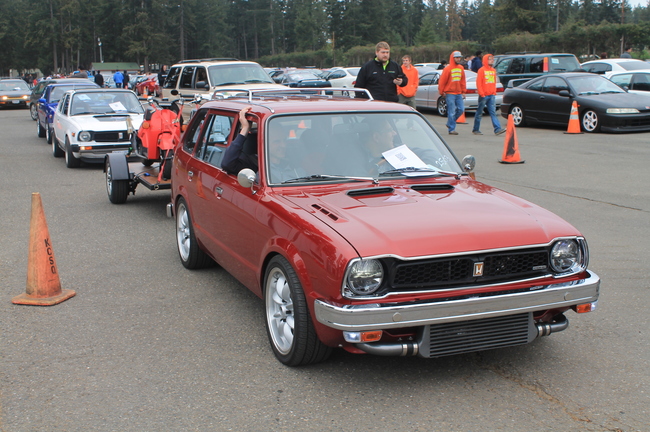
The show cars were a really interesting mix. Quite a good mix of RSX, Integra and Civics. There was a healthy showing of Accord and Prelude, plus a few old school CRX and very early gen Civic hatchbacks. Someone brought their Odyssey, and I even found a very clean CRV. There were a few NSX there too.
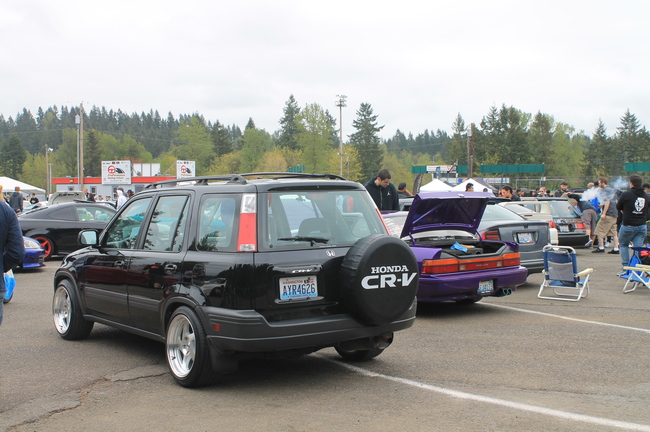
The variety is what I love about one-make car meets. Normally a dude with a chopped-up Del Sol wouldn’t consider shining up his car to show at an event for fear of getting the stink eye. But show up to a Honda event with said Sol, and you are instantly family. Sure they may look at you like you are the oddball uncle, but you're still family and people are glad you showed up. Tell me more about how you turned this Honda into a bamboo-lined tropical cabana, Uncle Steve.
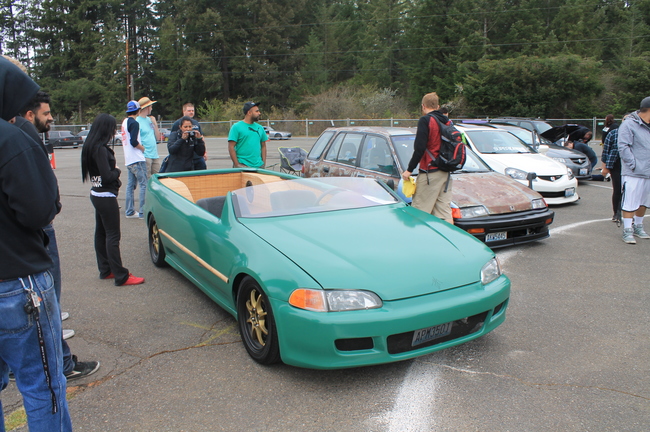

I run into Jerimiah Styles, who has just completed the installation of his Mugen aero kit on his white 2nd gen Integra. He’s showing his car and has recently swapped his bronze MF8s for time attack RNRs. His car is looking great and the King Motorsports sticker on his windshield nabs him a bonus +5 HP.
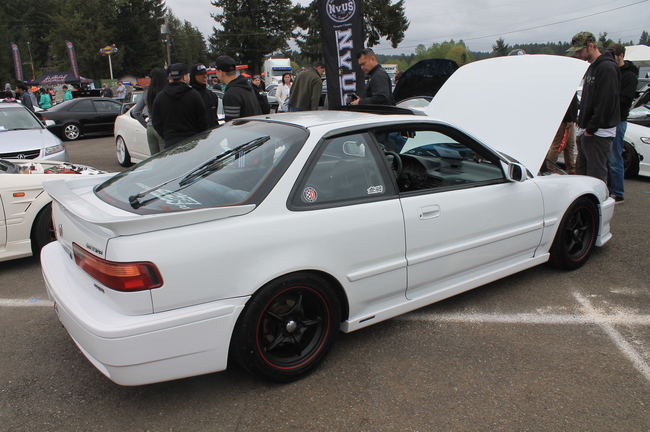
He introduces me to Mel and Bill, who have the only two EP3s in the show. Their builds are legends here in the Pacific Northwest. Mel generously gives me a tour of his white 2003 Civic Si hatch, something I’d been looking forward to. This car is so well-known that it’s usually the first image that comes up when you Google “EP3.” Mel is an old friend of King’s CEO Scott, having worked closely together to assemble Mel’s Mugen wish list.

Mel points out all his parts and describes each with care. He moves along swiftly from part to part, because there is just so much to show off. Full JDM front bumper conversion. Type-R headlights and side skirts, Mugen front lip and radiator duct, Mugen wing, Mugen seat rails, Mugen Twin Loop, Mugen hood, a custom-modified Mugen roll cage that is so well integrated with the OEM interior that it looks like the plastics had been molded exclusively for the cage. His Mugen grill is properly painted with a black background to add extra dimensionality. His CAI draws air from behind the driver side opening on his Mugen lip.
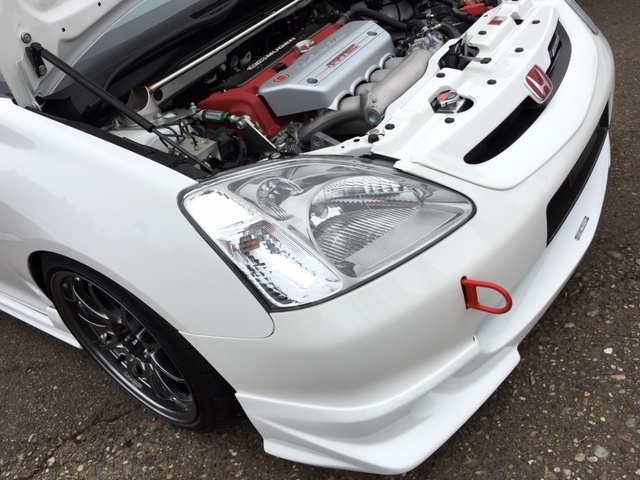
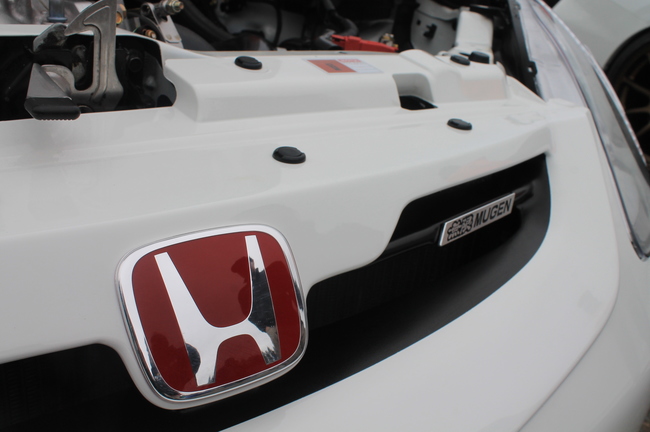
“It’s the details,” he says. And he’s right. Because I also own an EP3, I can process the walkaround at the speed the details are hitting my ears. And I can also appreciate how rare these parts are. I’ve only seen a few of these Mugen pieces on one other car, and that’s the Mugen EP3 in the King Motorsports showroom.

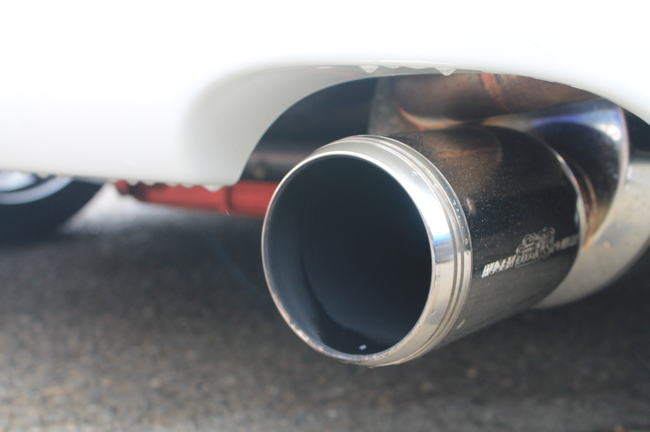
Mel describes the stages of his car’s evolution as “Chapters.” He’s on Chapter 2 now. Chapter 3 involves adding Mugen MF10 17x8, Mugen brakes and Mugen seats. “With some luck and the help of King Motorsports, that will be the final chapter,” he declares. Something tells there will still be an amazing Chapter 4.

Parked next to Mel is Bill’s turbocharged 2003 Civic Si, equally stunning in the dedication and hard work put into it. You can tell these two have influenced each other and made each other’s builds better. Bill also has many of the same Mugen parts and JDM upgrades, but his build still feels distinct. He points out that his paint is actually a remixed, brighter version of Honda’s already vibrant Vision Blue Pearl. Now that he points it out, I’ll never be happy with Honda’s blue again. His version really is so much better.
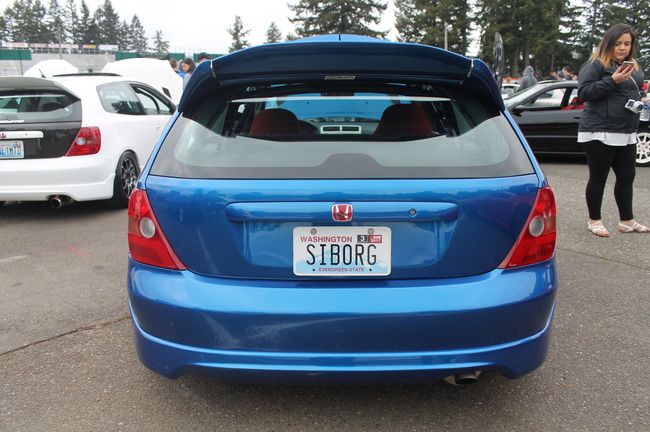
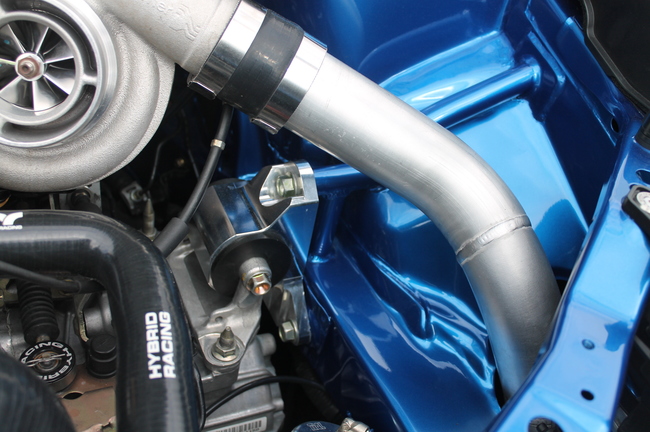
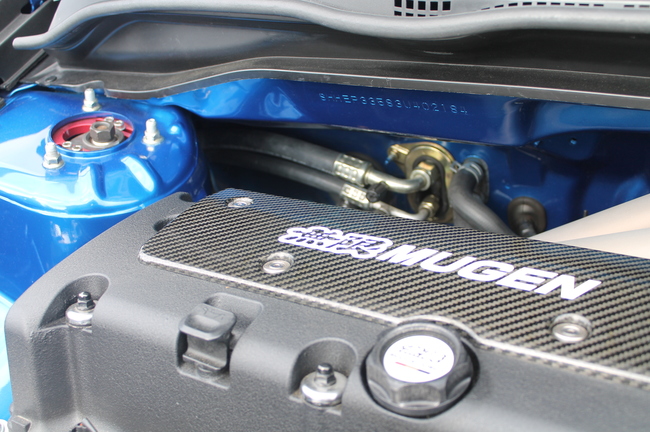
Having followed Bill on Instagram I’ve seen that his day job is a woodworking magician, creating the HGTV-worthy kitchen and home remodels. That same craft and precision finds its way into his EP. My friend Julio points out the custom bracing for the motor mounts and the custom re-routed AC lines. They were so well done I didn’t even notice them. Overall there is a strong sense of restraint with Bill’s EP build. It feels curated, like he methodically chose only the best of the best parts and mods, the ones that would still be impressive and relevant decades later.

Parked next to Bill is Huy’s turbocharged 2003 RSX Type-S – aka REDRUM1. This car has all the shine of a Mugen show car fused with the raw functionality of a gutted and purpose-built race car. It sits right on the elusive line between show car and race car. Huy treats me to a guided walkaround, and I am floored. I find it hard to comprehend the amount of time, skill and resources that went into this vehicle.
Huy has an elusive perfect balance of finances + skill + taste that produces something masterful. If you only have finances + skill, you might go overboard on the mods. If you only have skill + taste, you probably restore a car to its original glory. If you have finances + taste, you go buy an NSX. But if you have all three – you build the DC5 elevated to what must be its perfect functional and aesthetic balance.
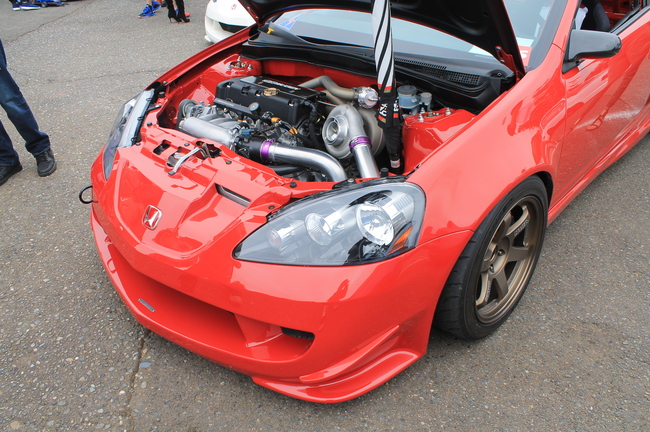
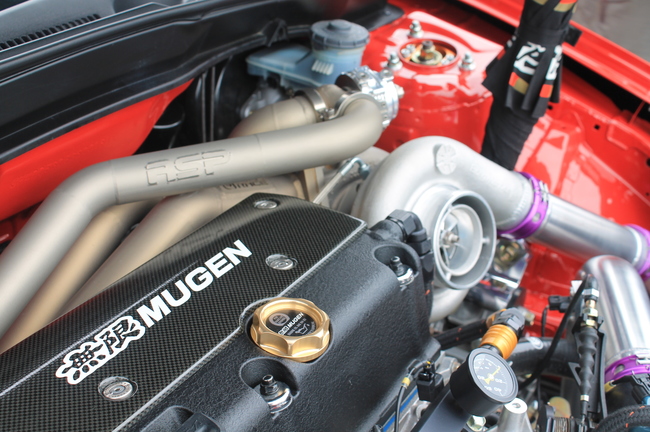

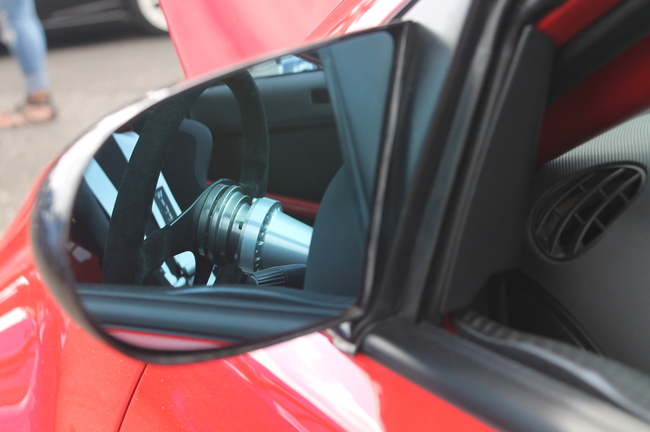
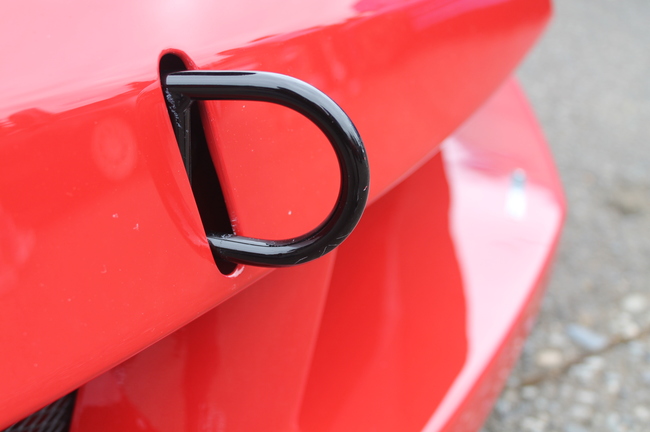
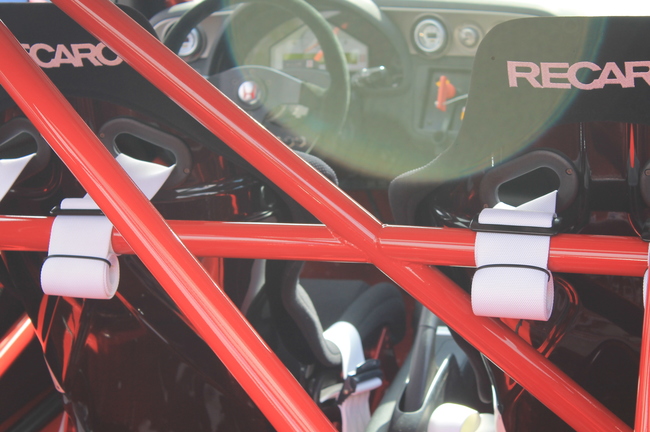
Like the artist he is, Huy tells me the build started with one thing – the desire to fit a specific set of wheels. To do that, he had the fenders masterfully pulled out and the whole car widened. Everything else flows from there. There is a reason Super Street called it “one of the best Honda builds to date!”
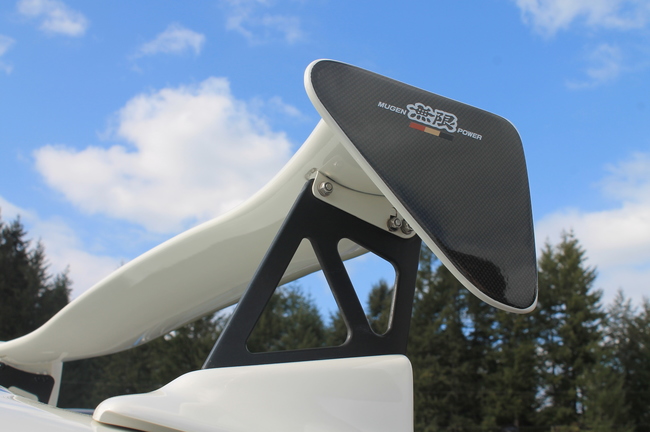
Huy brought two other cars with him, a white Mugen-equipped DC5 and a gorgeous green EK hatch. He tells me that the Autoart Mugen DC5 1:18 die-cast model was his inspiration for his white DC5, and I can see the similarities. It hits me that he’s actually creating big-scale, functional model kits, which in turn are replica of full scale cars. It is life imitating art imitating life. This loop produces impressive refinement in Huy’s hands.
Iron Sharpens Iron
It’s no coincidence that Mel, Bill and Huy are parked next to each other. They are friends outside the car show too, parking their beloved rides in each other’s home garages from time to time. These three friends have sharpened and pushed each other to create functional works of art.
**
More info:
Mel Diego’s 2003 Honda Civic Si
Instagram: @hur1cne@hov
http://www.superstreetonline.com/features/htup-1108-2003-honda-civic-si/
Bill Master’s 2003 Honda Civic Si
Instagram: @siborg_ep
http://www.superstreetonline.com/features/htup-1301-2003-honda-civic-si/
Huy Hoang’s 2003 Acura RSX Type-S
Instagram: @wiiizzer
http://www.superstreetonline.com/features/1510-turbocharged-mugen-2003-acura-rsx-type-s/
Full set of photos from Hondafest NW:
https://www.facebook.com/media/set/?set=a.10153475333141319.1073741856.110076751318&type=1&hc_location=ufi